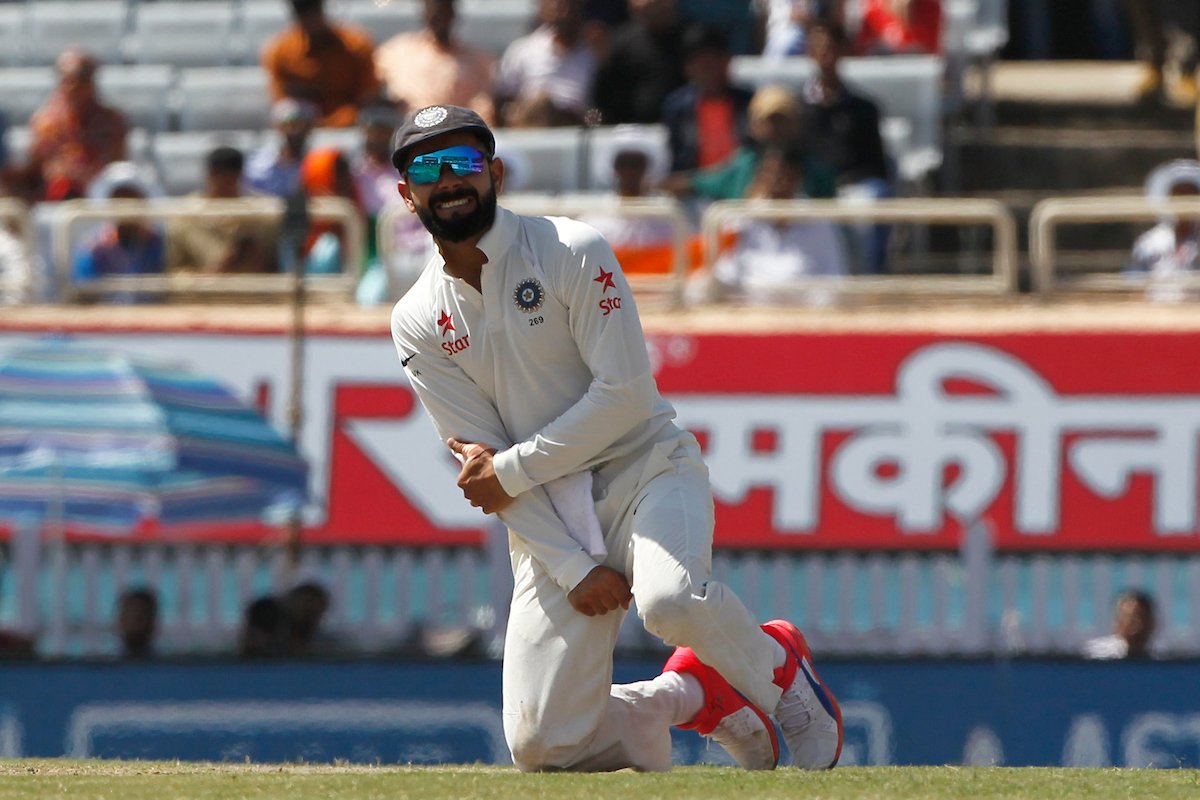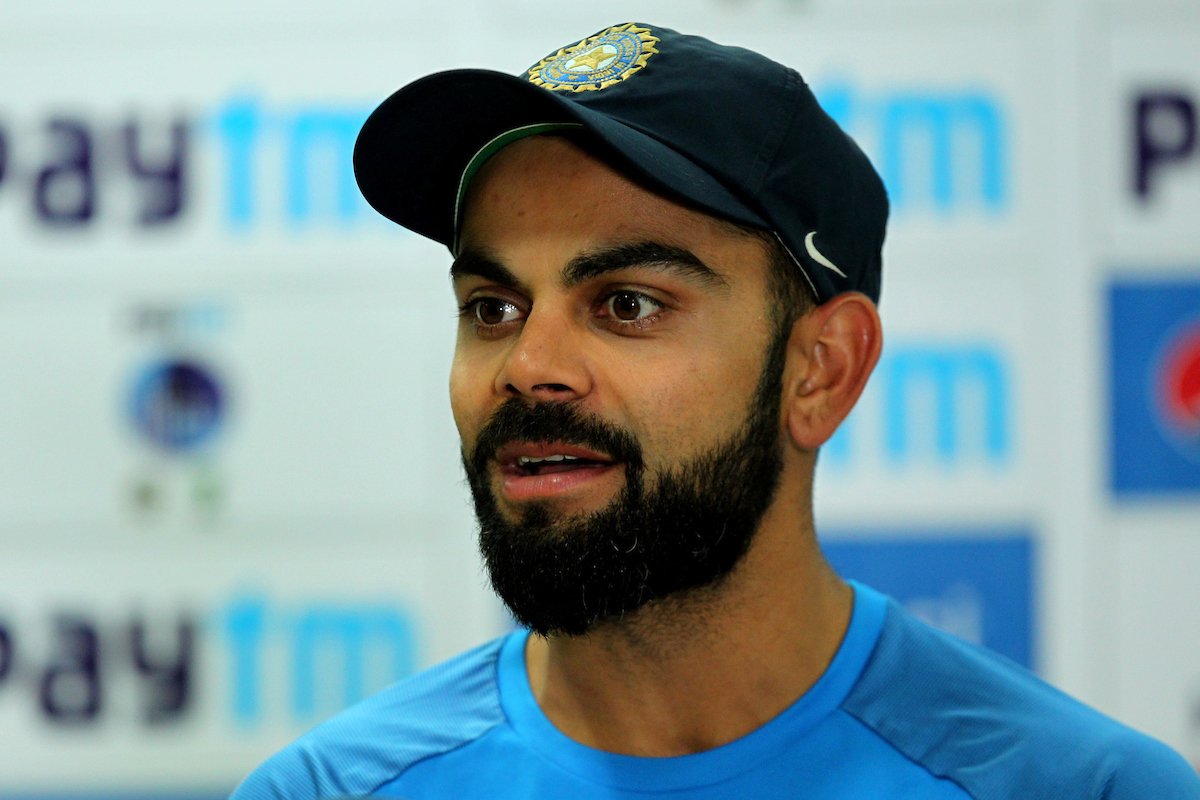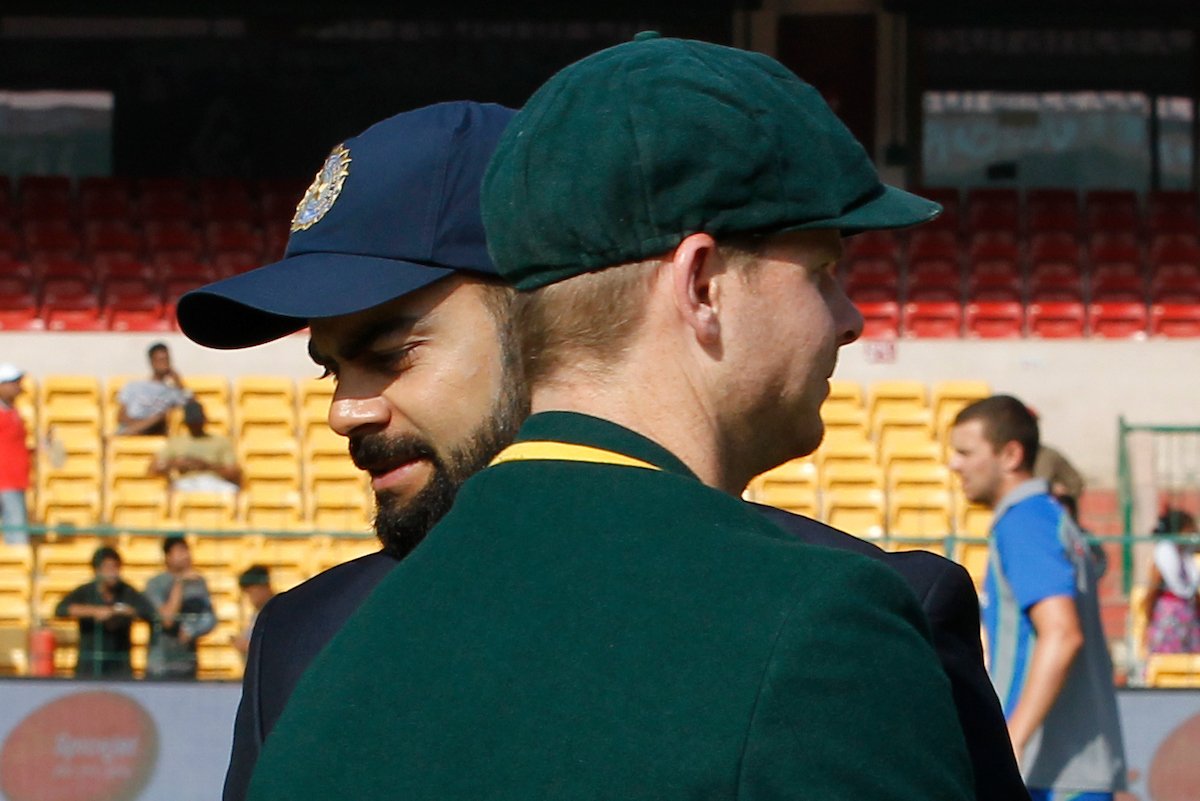“I don’t think he knows the spelling for the word sorry” – Cricket Australia Chief, James Sutherland.
“Virat Kohli’s Donald Trump-like contempt for the truth is making mockery of the game” — Australia’s Daily Telegraph.
“From my point of view I think they’re completely wrong. To say we do it consistently, that’s complete rubbish in my opinion. I think he was wrong in his statement” – Australia Captain Steve Smith.
Ever since that explosive press conference in Bengaluru, Virat Kohli has become the pantomime villain. It was Steve Smith and Australia who blatantly broke the rule by looking up at the dressing room to get help with DRS — caught red-handed on camera and all that — but here we are more than two weeks later, the issue has turned into the Indian captain being a liar, a brat and worst of all, Donald Trump.

How on earth did we get here?
The moment Kohli’s press conference ended, the issue had a ‘well-things-are-going-to-get-ugly’ feel to it. The first few days following the press conference were going to be crucial.
In similar situations in the past, the Indian board were vehemently behind their cricketers.
When Mike Denness accused Sachin Tendulkar of ball tampering in 2001, and five other Indian players were charged for excessive appealing, the outrage was instant. The board demanded Denness be removed, and when the ICC refused, the teams went ahead and played an “unofficial Test.” When the Andrew Symonds-Harbhajan Singh maa ki / ‘monkey’ incident occurred in Sydney, the team was united in their anger against Australia. Again, the board backed them. For Steve Bucknor’s atrocious umpiring in that match, the board put their foot down and demanded he be removed for the next Test – a demand that was eventually fulfilled. The team was ready to pull out of the series with Anil Kumble’s extra-ordinary press conference where he said only one team was playing within the spirit of the game and the board did their best to get the appeals and processes done in time for the next Test in Perth.

All these incidents had a common thread — a popular Indian player was at the receiving end of a highly controversial sanction, despite there being no clear-cut evidence to prove he was wrong. The BCCI went above and beyond their jurisdiction to ensure there was some ‘justice.’
Fast forward to 2017. The most popular Indian cricketer comes out with claims that what the world saw on television when Smith broke the laws of the game was not a one-off. He specifically left out the word “cheating”, but said he had seen it happen a few times, and left it at that.
There were multiple scenarios in which this incident could have panned out differently.
- Scenario One: The ICC does what it’s supposed to do and take the charges laid out by Kohli seriously and investigate the claims, by combing through the footage. They did not.
- Scenario Two: With the ICC failing to investigate, the Indian board should have either backed their captain to the hilt or doused the fire right then and there. They did neither. They first came out with the statement saying they fully believed Kohli and have brought the matter to the ICC’s attention. Then they took the next step and lodged an official complaint. And a few hours later, they magically withdrew the complaint and said it was time to move on.
The outcome in the above scenarios were either Kohli was right and Australia had done systematic cheating — that would mean a ban or a heavy sanction for Smith or that Kohli’s claims were false.

Yes, this could have damaged his reputation, but it was something that a well-worded statement from the board could have fixed: “We believe Kohli was reporting something untoward but there was no concrete evidence. He did not indulge in name-calling and definitely did not lie, so it’s time to move on, blah, blah, so on an so forth.” Damage control is certainly not new territory for Indian cricket administrators. There would have at least been closure for everyone concerned.
But instead, we are left in a situation where Kohli has emerged the out-and-out bad guy.
Smith goes to press conferences and claims what Kohli said was total rubbish. Their media calls Kohli a liar for his “continual perpetuation of fake news.” Their cricket chief comes out and mocks the Indian captain. If the agreement was to move on from the issue, it seems like it reached only Kohli, who is left uncomfortably shifting in his chair, standing by what he said, but unable to say more.
What led the BCCI to pull the complaint off the table, one will never know. Was it a fear that Kohli was wrong? Was it something to do with the ongoing financial tussle involving ICC, BCCI and Cricket Australia? These will remain just speculations.
But by denying a clear resolution and brushing the issue under the carpet, the board have let Kohli down. The vilification of the Indian captain has gone overboard and the board has stood by and remained a spectator.

















